Modernity in Light of Hindutva
Between piety and power
 Arvind Sharma
Arvind Sharma
 Arvind Sharma
Arvind Sharma
 |
03 Sep, 2021
|
03 Sep, 2021
/wp-content/uploads/2021/09/Hindutva1.jpg)
(Illustration: Saurabh Singh)
HINDUTVA HAS BEEN much in the news for the past decade and the debate around it has generated considerable heat—but not enough light. It is frequently presented as a benighted concept, such that even when some recognition is accorded to it, it is presented as toggling between nostalgia and utopia. What follows is an attempt to demonstrate how various key concepts of modernity may gain in range and depth when viewed in the light of some ideas which are associated with Hindutva.
CITIZENSHIP
The concept of citizenship, on which our contemporary politics is based, is a territorial one, as opposed to one based on religion or ideology. According to this understanding of citizenship, all the people inhabiting a clearly defined political unit are equally its members: the religion, ideology or the history of that region, or any such factor, has no bearing on it. This territorial conception of citizenship is a very important one. It allowed India to distinguish itself from Pakistan in a way in which all the Muslims of India who did not migrate to Pakistan could be accepted as Indians and the claim of Pakistan to Kashmir on religious grounds could be negated.
One may also describe this as a geographical conception of Indian citizenship according to which all citizens in the realm have the same status. This geographical perspective on citizenship may be distinguished from a historical one, in which a group of people with greater ancestry may claim a greater measure of recognition over those whose ancestry is more recent. This would be the case if those Indians who can trace their cultural identity to a greater antiquity could claim, in a yet to be determined sense, a greater say in national matters, because their antiquity in some sense gave them a greater right to recognition. Consider, for instance, a discussion on citizenship in Tudor times in the history of England. One could conceive of a tension between those residents of England whose ancestors had inhabited the country from before the Norman conquest of 1066, and those residents of England whose ancestors settled in England after the Norman conquest. Britishers with pre-Norman ancestry could regard themselves as more ‘British’ than those who came with the Norman conquest. This does not necessarily mean that the Britishers with pre-Norman ancestry would want to deny the rights of full citizenship to those Britishers who trace their descent back only to the Norman conquest, but it does mean that Britishers with pre-Norman ancestry could feel justified in claiming that they were in some sense more British than those Britishers who came with the Norman conquest. They might even claim to be primus inter pares, first among equals. If we modify the contrast between territorial and ideological/religious citizenship as one between geographical and historical citizenship, then the point becomes apparent.
The one feature of Hindu civilisation which stood out for AL Basham, the celebrated cultural historian of India, was ‘its humanity’. The ideologues of Hindutva seem to agree with historian Will Durant who ruefully notes that its humanity did not save India from Islamic and British invasions. The Hindutva position in this matter would like to emphasise that ‘soft power’ ultimately rests on ‘hard power’
One could argue that Hindutva seeks to nuance our sense of citizenship, in the sense that even within a framework of legal equality, Hindus may have a right to feel that, in some sense, they are the more authentic residents of the land. That does not mean that they necessarily regard themselves as more authentic citizens of it. Their situation could be compared to that of the white Anglo-Saxon Protestant (WASP) element in the American polity and society, which might consider itself a legatee of the American heritage in a way not applicable to the more recent immigrants to America—such as the Latinos or even Indian Americans. These other constituencies, after all, cannot claim descent from the Mayflower the way some people in the WASP category might. However, while I agree that this point may be contested, it is precisely the point involved with the distinction between the geographical and historical concepts of citizenship. It may come as a surprise that the Hindutva approach has also allowed us to clarify an aspect of the American situation. Or perhaps we should not be so surprised. The American scholar who popularised the acronym WASP, E Digby Baltzell (1915-96), was a student of Indian sociology and may have been influenced by the concept of dvija in Hindu social thought, although he apparently denied it!
THE CONTRAST OF MODERNITY AND TRADITION
In order to explore this dimension of the issue let us formulate the following question: what do you regard as the great failure of the Hindu/Indic civilisation? Most modern intellectuals will probably identify this in the social or economic realm. Some might say that the caste system (along with untouchability as part of it) has been India’s great failure, as it gave religious sanction to inequality. Others might refer to the position of women, and so on. Respondents with a more material bent of mind might point to India’s poverty as its great failure. The answer from the Hindutva circles would be remarkably different, for they are likely to identify the great failure of Hinduism in the political realm, in terms of its failure to realise political unity as enshrined in the ideal of the cakravarti and the subsequent loss of political independence at the hands of the Turko-Mongols and the Anglo-Saxons, during what is popularly referred to as periods of Islamic and British rule. According to Hindutva ideologues the great failure of Hindu civilisation is not so much religious, social, economic or some other as it is political and military.
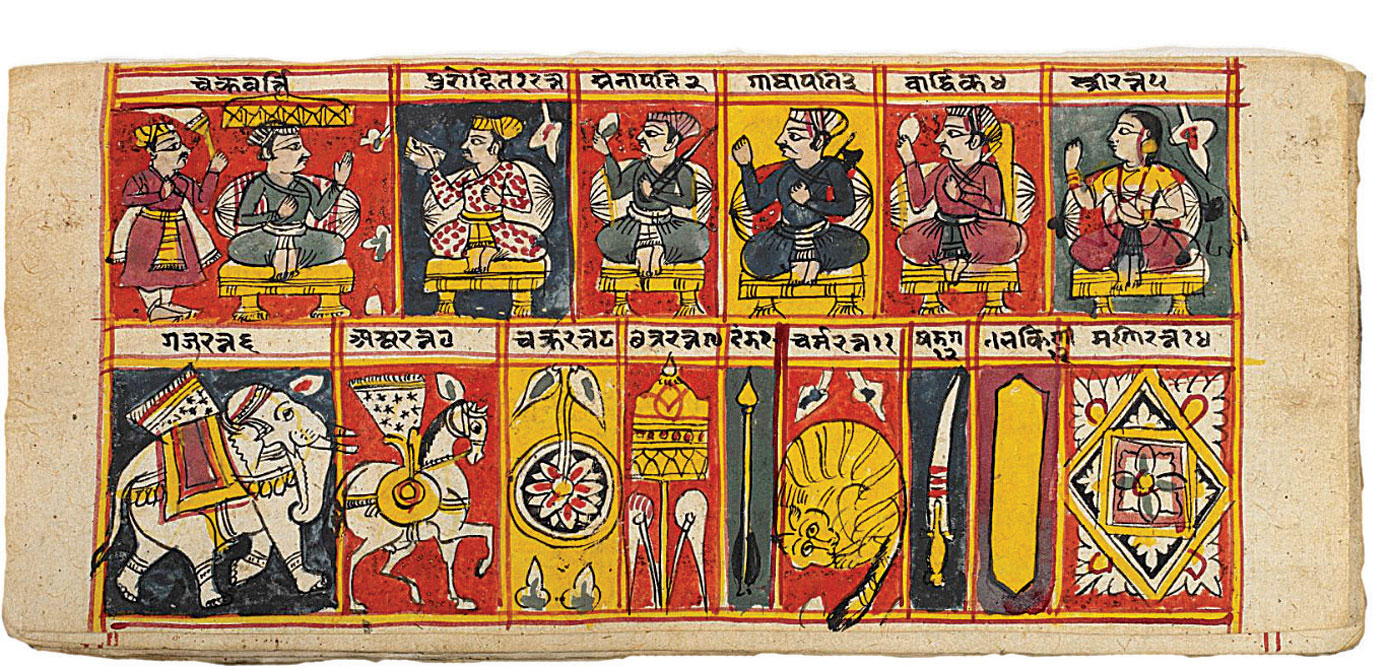
In some ways, of course, this is very modern. We associate politics and military power with modernity, and religion with tradition. What is being overlooked here is the fact that tradition takes the past seriously, while modernity distances itself from it; the greater the distance, the more modern the modernity. The past may be dead, but it is not always buried, despite the efforts to do so, at least not in India according to Hindutva.
RELIGION AND THE STATE
We may next consider the difference in perspective pertaining to the relationship between religion and the state as visualised in Hindutva. Our current model of this relationship is popularly described as secular, which is built around the idea that the state is indifferent to the religious identities of its citizens, in the sense that no religion can lay claim on the state, because religion must be ideally kept apart from the state. Whether the Indian state is actually secular or not is a very important issue but not the one we are engaged in discussing at the moment. It is only the core idea of the concept of secularism which is being considered here. It is enough to recognise at the moment that the secular ideal is indifferent to religion; in certain forms of it such as the French, there is even a tinge of hostile indifference. The Hindutva perspective shares the view that the state should not be captive to religion, but it departs from the secular position inasmuch as Hindutva is less suspicious of religion. The point can be made clear by contrasting the words ‘secularity’ and ‘plurality’. A secular state says no to one religion because it does not believe in any religion. The Hindutva perspective also says no to the theocratic state but not because it wants no religion but because it wants no one religion. There are many religions and it would be unfair, from the perspective of religious pluralism, to allow one of them to capture the state in the public sphere. The point is sometimes obfuscated in contemporary discussion in India by describing the present dispensation in India as both secular and plural, overlooking the crucial distinction between the two.
The Hindutva circles are likely to identify the great failure of Hinduism in the political realm, in terms of its failure to realise political unity as enshrined in the ideal of the cakravarti and the subsequent loss of political independence at the hands of the Turko-Mongols and the Anglo-Saxons, during what is popularly referred to as periods of Islamic and British rule
POLITICAL POWER AND PIETY
The next dimension along which Hindutva may enhance our understanding of modernity is that of the tension between piety and power and in whose favour it should be resolved. The present tendency in India, which perhaps owes a lot to the legacy of Mahatma Gandhi and Pandit Jawaharlal Nehru, is to talk in terms of piety rather than power. An extreme demonstration of this is found in Pandit Nehru’s position, which he articulated at the time of Indian Independence to Lord Mountbatten. According to one account, he maintained that India may not need an army because it had no enemies. We could rephrase this issue as one of tension between idealism and realism in terms of political discourse. Even former Prime Minister Atal Bihari Vajpayee did not allow the Indian Air Force to cross the line of ceasefire during the Kargil war. This could be compared usefully with the response of the present Government in terms of the attack on Balakot. Hindutva thought is inclined to resolve the tension, however reluctantly, in favour of power.
Another way of parsing this point is to talk in terms of ‘hard power’ and ‘soft power’. In terms of this popular trope, the power part of the equation may be represented by ‘hard power’ and the piety part by ‘soft power’. Contemporary discourse in the matter sometimes inclines to the view that because of the nuclear standoff among the various global players, hard power may no longer be easy to exercise and therefore one might wish to depend more on ‘soft power’ to secure desired outcomes.
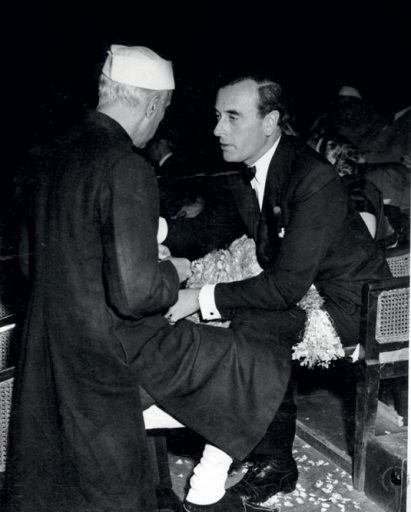
The Hindutva position in this matter is worth examining. Before we do so, however, we need to remind ourselves that the one feature of Hindu civilisation which stood out for AL Basham, the celebrated cultural historian of India, was “its humanity”. The ideologues of Hindutva seem to agree with historian Will Durant who ruefully notes that its humanity did not save India from Islamic and British invasions. The Hindutva position in this matter would like to emphasise that ‘soft power’ ultimately rests on ‘hard power’. In the absence of ‘hard power’, the accomplishments of ‘soft power’ can be lost through cultural appropriation by the stronger party. It could be argued that this is what is happening to yoga in the West.
CONCEPTIONS OF MAJORITY AND MINORITY
Another dimension, the exploration of which might deepen our understanding of Hindutva and what it has to offer, pertains to the concepts of majority and minority. At the moment, this distinction is largely understood in religious terms, as when we say that India consists of a majority (Hindus) and a minority (Muslims), or several minorities such as Muslims, Christians, Jews, Zoroastrians, and so on. Crucial to such an understanding of the concepts of majority and minority is the unarticulated assumption that one can only belong to one religion at a time. This is a very Abrahamic assumption, which the secular discourse in the West has also inherited and which was passed on to us during British rule. Once it is admitted that a person can belong to more than one religion at a time, the wall of separation between the majority and the minority becomes porous. The Hindutva ideology, nurtured as it is on the soil of India, considers it far from obvious that religious identity must always be an exclusive religious identity, accustomed as it is to the existence of multiple religious identities in the way the various religions of Indian origin relate to each other.
The present tendency in India, which perhaps owes a lot to the legacy of Mahatma Gandhi and Pandit Jawaharlal Nehru, is to talk in terms of piety rather than power. An extreme demonstration of this is found in Pandit Nehru’s position, which he articulated at the time of Indian Independence to Lord Mountbatten. According to one account, he maintained that India may not need an army because it had no enemies
It is remarkable in this context that the two communities in India which belong to the Indic religious tradition and are the least enthusiastic about inclusive religious identities are Ambedkarite Buddhists and Sikhs. Ambedkarite Buddhism departs from traditional Buddhism in insisting that at the time of conversion to Buddhism, its followers not only accept the Buddhist confession of faith (by embracing the Buddha, his Teaching and his Order), but also renounce Hinduism. This second part of the ritual is a modern innovation. Similarly, the Sikh Gurdwaras Act of 1925, by which the Shiromani Gurdwara Prabandhak Committee was formed, defines a Sikh not only as one who follows the 10 Gurus but also as one “who belongs to no other religion.” These exclusive provisions found in Ambedkarite Buddhism and modern Sikhism are indications of how subtly the Western concept of religion has affected our indigenous religiosity.
HUMAN RIGHTS
Human rights have become the moral idiom of modern times and the standard by which the ethical quotient of public and private actions is judged. The discourse of human rights, however, has persistently been criticised over the decades for being too Western. From the point of view of Hindutva this charge seems to possess considerable force in one respect. Human rights discourse knows biography but not history. It does not provide for the correction of historical wrongs. Those countries and cultures of the world which were colonised during the age of Western imperialism and during which their human rights were seriously compromised are then left with no place to turn to for the righting of the wrongs suffered by them. One wonders whether the West is reluctant to accept the righting of historical wrongs as a human right because it would then have to offer reparations to the victims of its imperialism. From the point of view of the formerly colonised world, the exclusion of historical wrongs from human rights discourse seems like an attempt to avoid being held accountable for the wrongs of colonialism practised by the West.
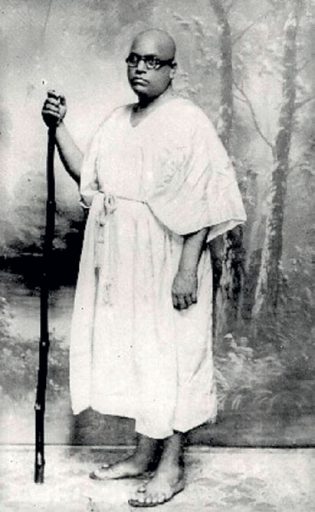
The preamble to the Indian Constitution also seems to take the same position, as it refers to various forms of justice such as “social” and “economic” but does not speak of “historical” justice. Yet, although it does not refer to historical justice, it arguably practises it by offering special reservations to former untouchables in government jobs.
Hindu and Hindutva ethical thought seems quite open to the idea that the righting of historical wrongs should be accepted as a fundamental human right. The widespread belief in karma among Hindus may have a role to play in this.
Ambedkarite Buddhism departs from traditional Buddhism in insisting that at the time of conversion to Buddhism, its followers not only accept the Buddhist confession of faith, but also renounce Hinduism. This second part of the ritual is a modern innovation
THE ROLE OF RELIGION
The role of religion in public affairs is often viewed in a negative light in the West but this could be because of the way it conceptualises religion, an idea which now carries with it the connotation of a dogmatic, formal and exclusive entity. The term for religion favoured by Hindutva, and Hinduism as well, is ‘dharma’. It might be helpful to examine what is involved in drawing the distinction between religion and dharma. Religion, in its Western acceptation, carries with it the unarticulated assumption that one can belong to only one religion at a time, as indicated earlier. The word ‘religion’, as used in the West, does not share the semantic bandwidth of the word ‘dharma’ and is restricted to one religion. If this were not the case, the statement by David Hume that each religion is a proof of the falsity of the other would lose its force. This position may be contrasted with the thrust of the entire Hindu renaissance from around 1800 onwards (with the possible exception of Swami Dayananda) that each religion, in its spiritual dimension, affirms the other, rather than undermining it. Hindutva thinking in this aspect is a clear inheritor of the legacy of not only modern Hinduism, but of Hinduism in general.
About The Author
MOst Popular
3

/wp-content/uploads/2025/07/Cover_Crashcause.jpg)





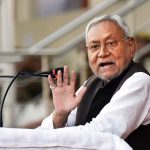
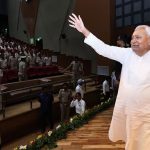


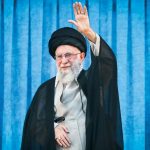


More Columns
Bihar: On the Road to Progress Open Avenues
The Bihar Model: Balancing Governance, Growth and Inclusion Open Avenues
Caution: Contents May Be Delicious V Shoba